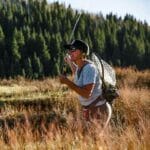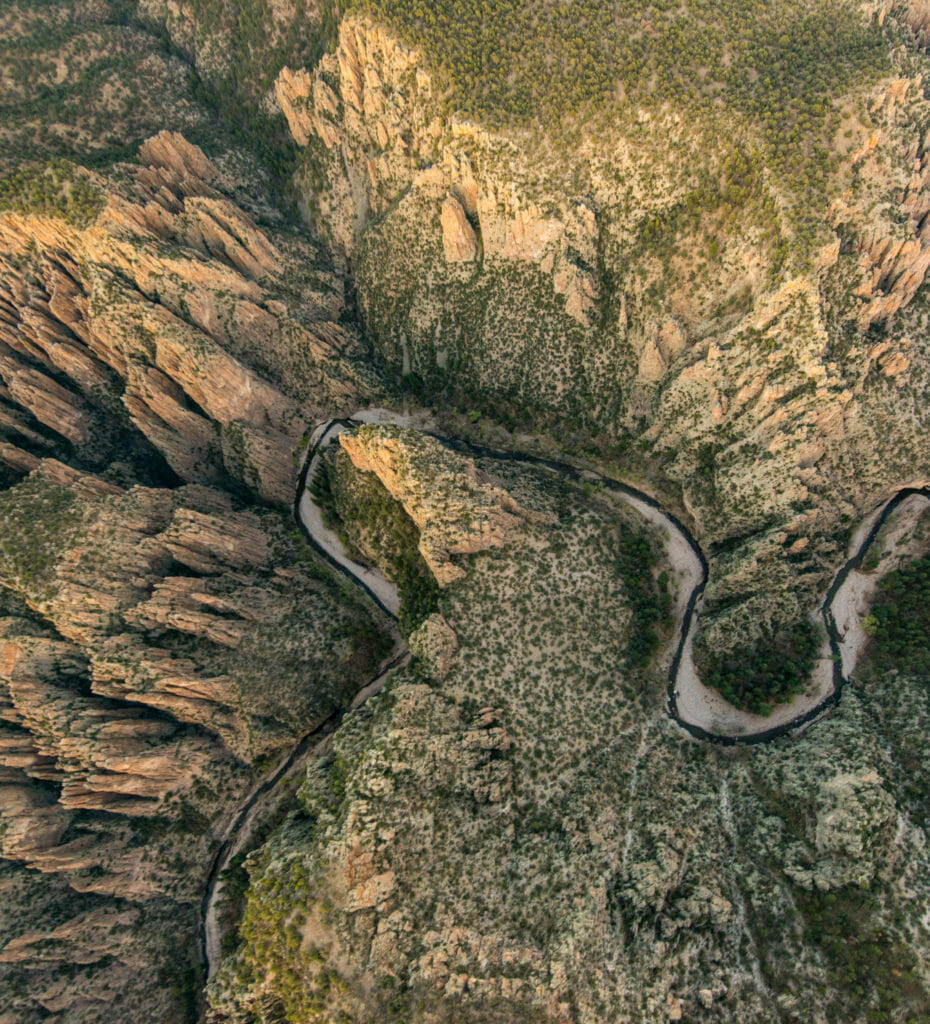Seventeen years after I first visited, I finally made my way back to the Gila River.
Last week, about 75 attendees convened in Silver City, N.M., to celebrate the Gila River, expand our knowledge of the area and its extensive list of supporters, and of course, got out on the stunning landscape to renew our souls and re-inspire our efforts to protect it with “wild and scenic” legislation.
Gila Wild and Scenic Rivers of Opportunity Conference
Held at Western New Mexico University amid some warm fall weather, we were welcomed by Dr. Magdaleno Manzanarez, the university’s vice president for external affairs. We then listened to Ray Trejo and Nathan Newcomer as the two sportsmen espoused the enduring and long-standing values of the area. Trejo is with the New Mexico Wildlife Federation and Newcomer is the Gila grassroots organizer with New Mexico Wild. David Moryc, with American Rivers, then highlighted the importance of the desired designation.
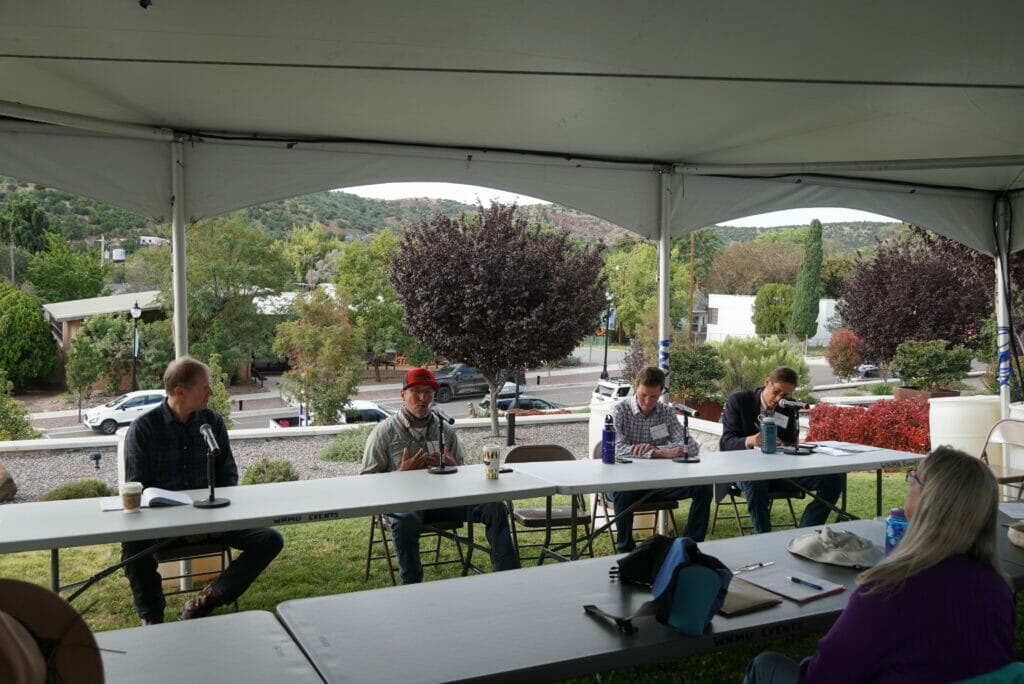
The benefits of wild and scenic designation
Introduced last Congress by retired Sen. Tom Udall and Sen. Martin Heinrich, this legislation would designate nearly 450 miles of segments and tributaries of the Gila and San Francisco rivers to the National Wild and Scenic Rivers System. Aspiring to preserve traditional river values and uses while permanently protecting its free-flowing nature, this bill would support outstanding recreation including hiking, fishing, hunting, camping, horseback-riding, stargazing, rafting, and many more. It would also safeguard continued uses such as grazing and irrigating while conserving the system’s exceptionally unique habitats and its high biodiversity including, native species like the Gila trout.
We then jumped into the economics of protecting such a vast and historically important landscape. Tom Allen from Southwick Associates who conducted extensive surveys; Alicia Edwards, Grant County commissioner; Priscilla Lucero, executive director of Southwest New Mexico Council of Governments; and Dr. Kathy Whiteman, director at the Center for a Sustainable Future and Outdoor Programs at WNMU all noted how vital these lands and waters are to the regional economy.
By protecting this impressive landscape, the nearly 1 million yearly visitors are supporting 3,900 jobs and $145 million in income while spending $428 million on related expenses. These numbers are very real to the people of Silver City and surrounding communities. An additional 650,000 visitors who would visit if the wild-and-scenic legislation were to pass—a huge economic boon that would last forever.
Cultural connections to this landscape abound. Indigenous Apache people in the region are still striving to protect their deep ties to the area — it’s sacred lands and important to them for recreation, hunting and fishing. Puebloan architecture and signs of their time on the land are abundant, and the local Latinx population also finds solace here and yearns to protect it for future generations.
Fishing for Gila trout
To get a better sense of the landscape that would be affected by this legislation, we headed out on several field trips. Hikers went to the West Fork of the Gila, the Lower San Francisco River Canyon and the Gila Middle Box. Some went to Lightfeather Hot Springs on the Middle Fork of the Gila and others went to Spirit Canyon lead by Fort Sill Apache Tribe Historian Michael Darrow. Then others went fishing.
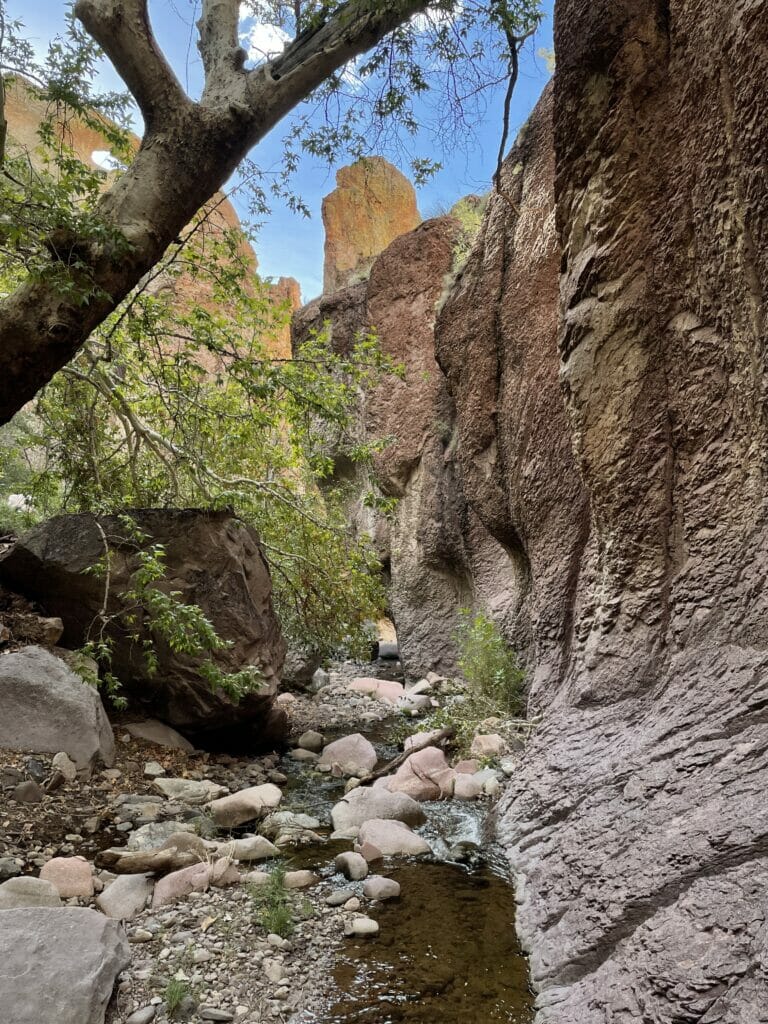
To try our hand at catching Gila trout, we convened at Mineral Creek, a tributary to the Lower San Francisco River. With 2- and 3-weight fly rods in hand, we started out on the trail with enthusiasm and positivity after seeing more water flowing lower in the reach than it typically does this time of year.
Accompanied by Geoffrey Plant, reporter with the Silver City Daily Press, we plopped dries, nymphs and small streamers through the deeper runs and pools created throughout the cavernous rock walls. Jumping from pool to pool, we each had fish go for our flies and a few were brought to hand briefly before slipping back into the cold, clean water.
Old mining camp’s detritus dotted the land along with a massive apple tree and blackberry bushes. After reaching the upper end of the good fishing water, we called it a day. In all, we landed a very special trout, enjoyed great conversation and met some new friends.
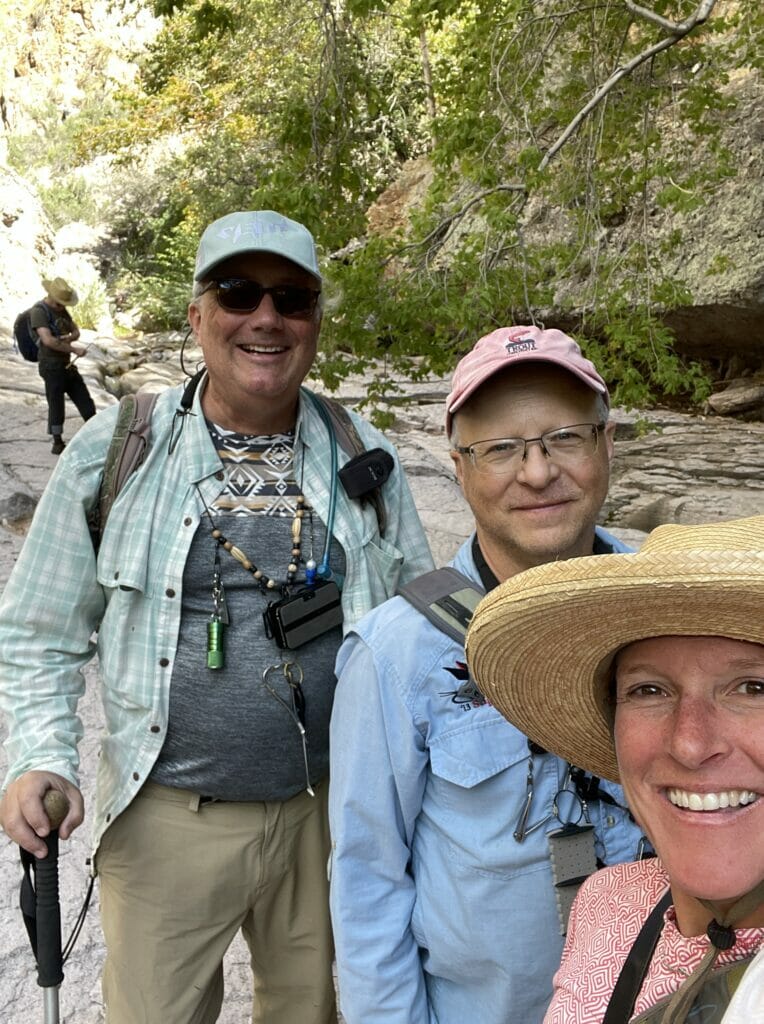
So what happens next? We are awaiting re-introduction of the wild-and-scenic bill, which could happen any day. With language issues resolved, extensive community, sportsperson, outdoor recreation, cultural and individual support, Gila Wild and Scenic designation is a win-win. Follow along here for the latest updates as we learn them.


